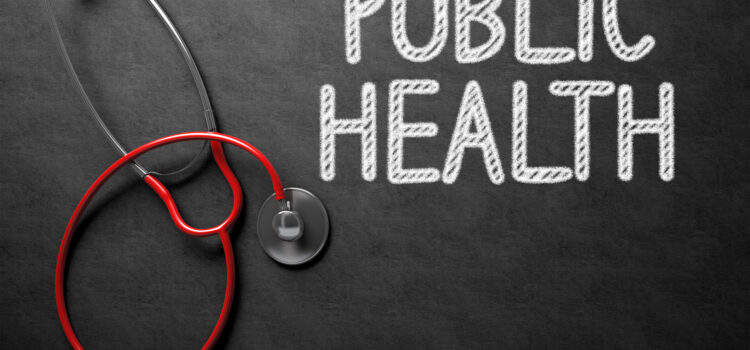
As they grapple with the effects of a pandemic, public health workers have shown to be a vital resource for everyone, as they continue to provide concerned communities with important information and guidance regarding COVID-19.
Public health departments are governmental organizations that operate at different levels. The World Health Organization and the Centers for Disease Control and Prevention operate at the global and national levels, respectively. Some operate at the county level, such as the Kern County Department of Public Health.
When most people think about health careers, they usually picture health care jobs in the clinical setting, like a doctor’s office or hospital. But when it comes to public health there is more to the picture.
Although clinical care is integral to everyone’s health, the National Academy of Medicine states that medical care accounts for only 10-20 percent of modifiable contributors to health outcomes for whole populations. So what else affects our health?
The other 80-90 percent comes from health-related behaviors, socioeconomic factors, and environmental factors, like income, housing, access to care, education, and other “social determinants of health,” according to the National Academy of Medicine.
This is where public health workers come into the picture, as their focus is to care for populations as a whole, rather than at the individual level.
“Know that this is definitely a career where you can make a difference in your community,” says Bakersfield College professor Sarah Baron, who holds degrees in public health and education.
She was hired by the local community college in 2015 and is responsible for developing the classes for their Public Health Sciences program, which now offers an Associate of Science that is transferable to universities.
According to her, the program grew fast and continues to grow, now offering a Health Navigator certificate that is designed to prepare students for careers as community health workers, patient navigators, and health insurance navigators.
Another focus of the program is to empower students to become “change-makers” in their communities, and in an informational video she discussed the four main sectors in public health and all of the different opportunities it holds.
“Environmental health really focuses on air, air quality, and water,” Baron said. “Health administration focuses on the business aspect, delivery, and operation aspect in making sure there is quality health care being delivered in a hospital and clinic setting.”
“Public health informatics looks at the study of disease trends and looks at data to drive decision making, graphic design, and GIS mapping,” she continued. “And the health educator really focuses on outreach, programs, and evaluation in the sense of looking at program design and community development.”
As a student at Bakersfield College, I had the opportunity to take several classes that explored different topics in public health and they all provided me with some valuable insight into some of the alarming health disparities we face in Kern, as well as some ways to help alleviate them.
But I personally feel that most people are not aware of the myriad of opportunities that the field holds, so I compiled a list of five common public health jobs, as well as short descriptions about what exactly these workers do:
- Epidemiologists collect data and study trends and mathematical data to design and investigate issues like diseases and planning interventions to stop diseases. Their work environments are diverse, typically in an office or lab, but also at health departments, universities, state/local governments, and hospitals.
- Environmental Health Specialists are trained, certified professionals who monitor the health effects of environmental exposures, air quality, water quality, waste, food safety, and chemicals. The California Department of Public health offers a training program for this job.
- Community Health Workers and Health Educators are similar and work across different areas like non-profits, schools, and other settings. Their focus is to teach people about behaviors that promote wellness.
- Health Care Administrators usually require a master’s degree and take a more management role in medical care. Some oversee programs and direct the operation of hospitals, health systems, and other organizations.
- Public Health Nurses provide direct health care services, including preventive care, screening services, and health education. Some provide critical services in low-income and rural communities like immunizations, prenatal care, and more.
The opportunities in the field are endless, with over 7,500 job titles in a variety of different settings and a total of 250,000 jobs in 2020 alone, with further projections of growth.
I would encourage anyone who is interested in working in public health to do their research since every job requires different education, qualifications, and experience.